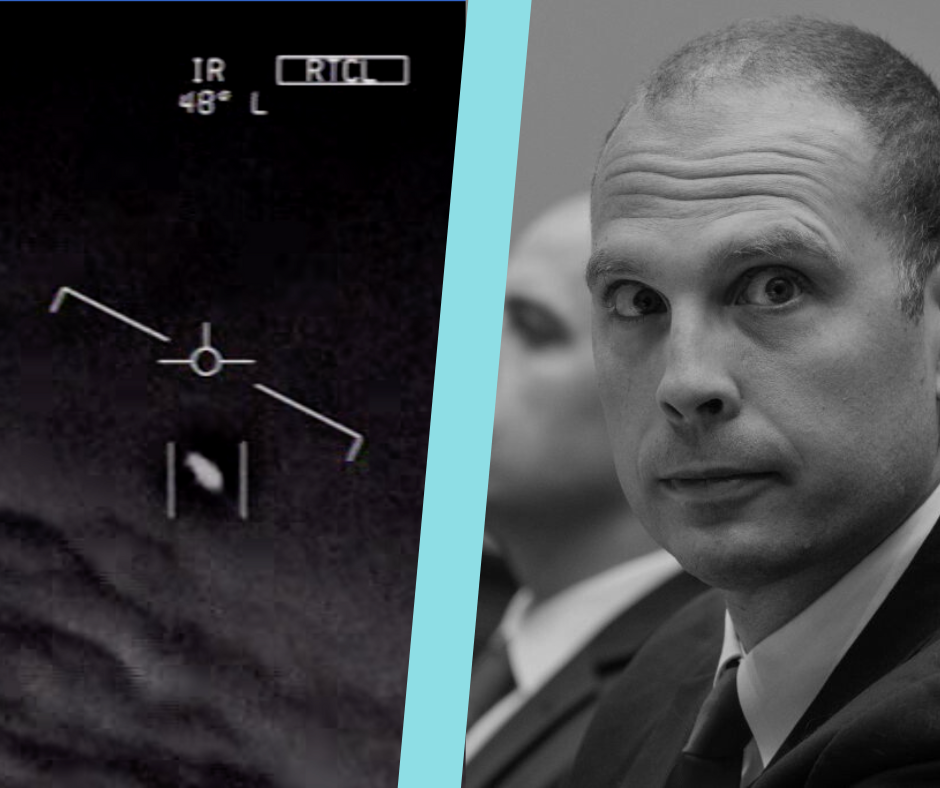This year saw some major developments on the topic of Unidentified Anomalous Phenomena, or UAPs, also known as UFOs. Among these developments was the testimony of David Grusch, a career intelligence officer turned whistleblower, before Congress in July. He alleged that multiple United States defense and intelligence agencies had been illegally engaged in a secret “multidecade UAP crash retrieval and reverse engineering program;” that some of these crashed UAPs were piloted by “biologics” who were “nonhuman,” who are currently in U.S. custody; and that when he pressed the right authorities for more transparency on these programs, as he had been mandated to do by Congress, he was denied access and retaliated against.
This month, U.S. lawmakers, including those who have heard hours of additional testimony behind closed doors from Grusch and other former and active duty military and intelligence professionals, passed a bill that, for the first time, mandates the declassification and release of UAP records held by government agencies.
The bipartisan bill was co-sponsored by Senate Majority Leader Chuck Schumer and Sen. Mike Rounds, a Republican, and was passed in the Senate without opposition. But when it landed in the House, several Republican lawmakers demanded the removal of two key provisions.
In this episode, civil rights lawyer Daniel Sheehan, who has been on the forefront of pushing for this legislation, joins Rasha Elass to talk about how we got here, why important provisions in the bill were removed and what we can expect moving forward, as lawmakers continue to push the government to disclose what it allegedly knows about nonhuman technology.

Produced by Rasha Elass and Patrick Hagan


